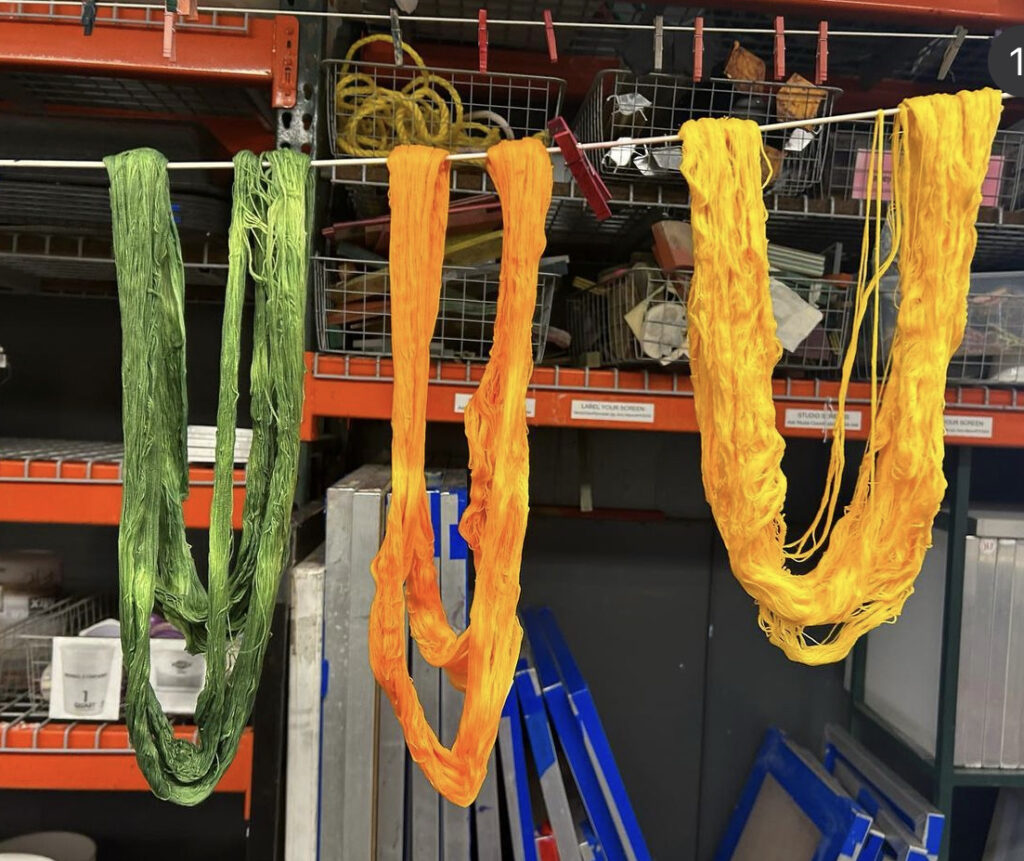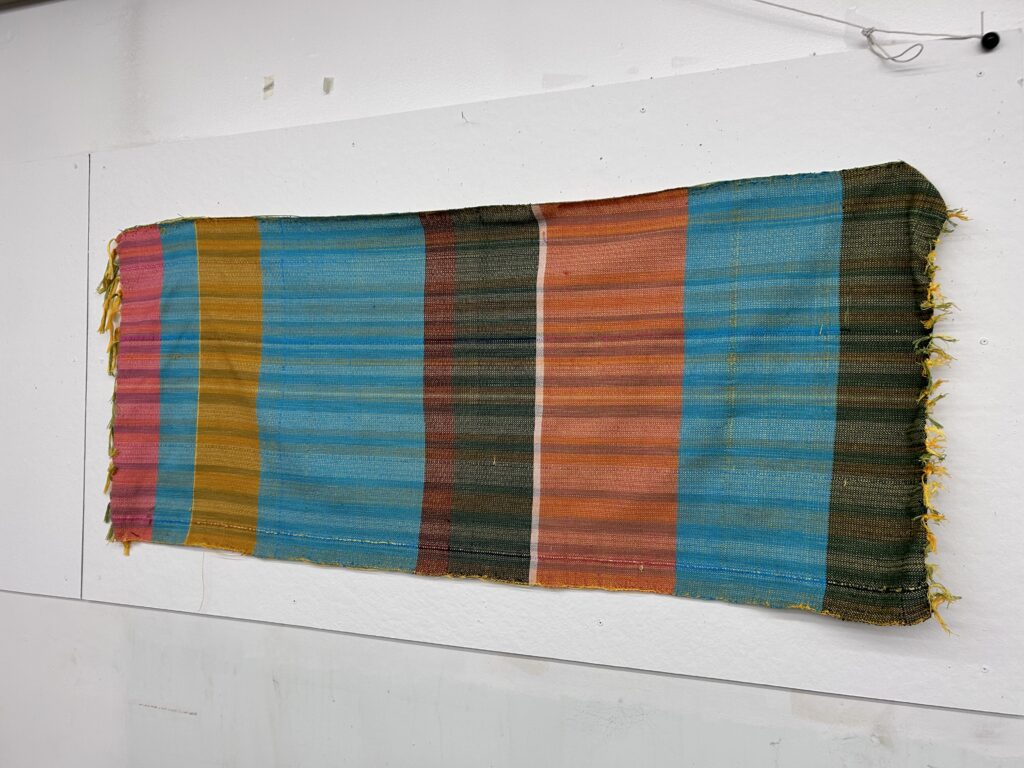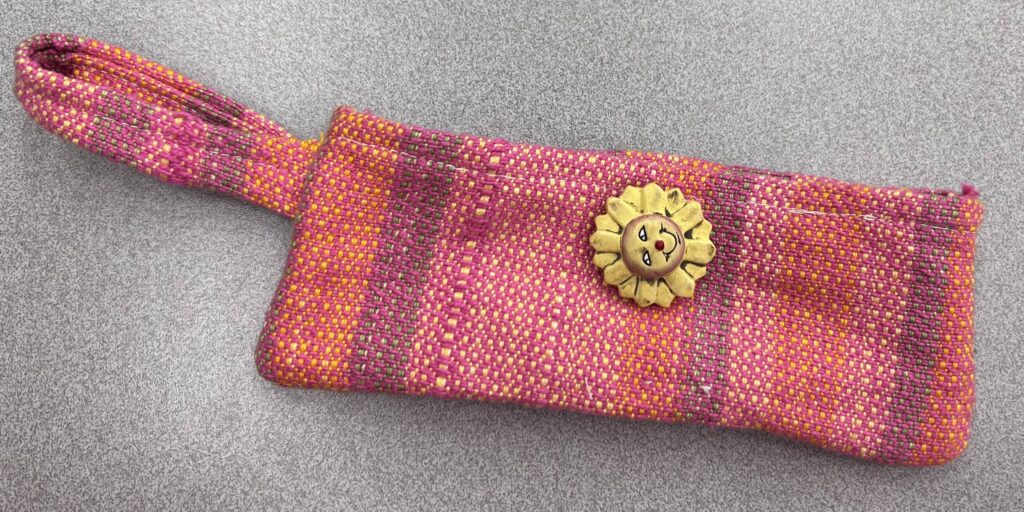Hello everyone!
This week I wanted to focus on tapestry crochet patterns and explain how to read them. These patterns can also be called alpha patterns. Alpha patterns are gridded images (such as pixel art) that can be directly translated into a 1:1 crochet pattern. These crochet patterns are straightforward once you know how to change your colors as you work. I personally choose to use a 5 mm hook for these in generic acrylic cheap scrap yarn that I find. With just a couple rows of single crochet, you can take your piece visually to the next level.
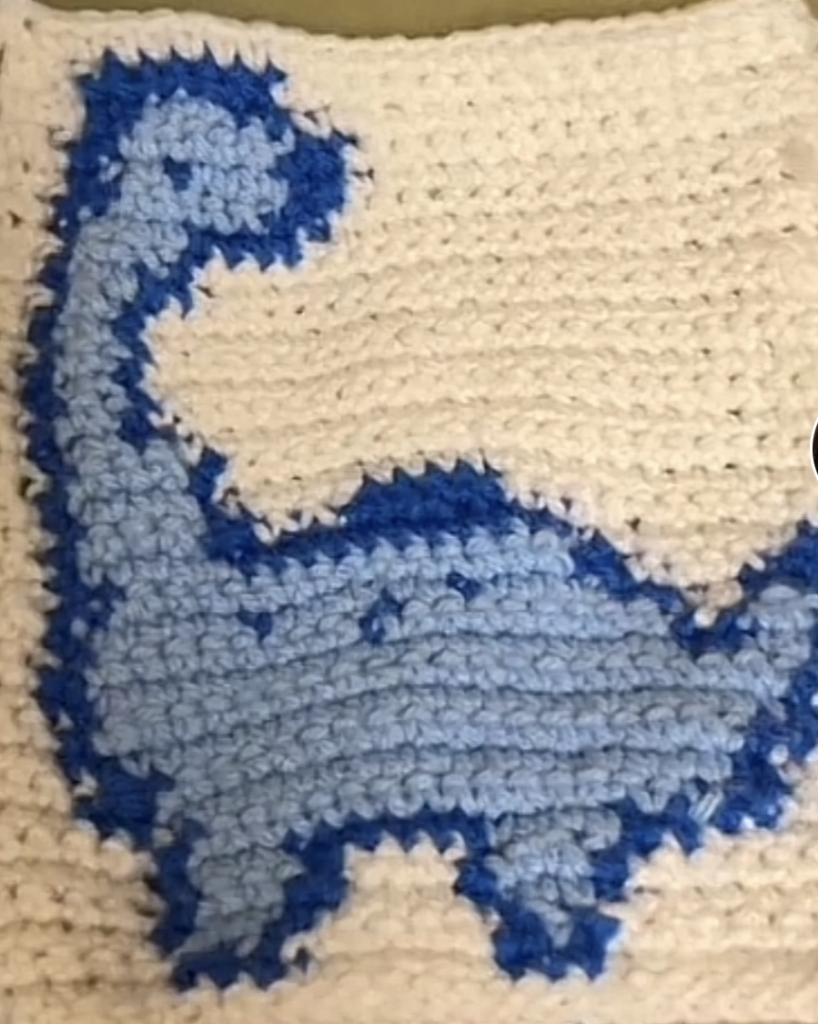

For my example, I crocheted a dinosaur. This was my first attempt at making an alpha pattern, so I believe it came out well! My color changes didn’t turn out exactly as I had hoped, but those will become cleaner over time and with more practice. I chose to use a single crochet for every square in the pattern. It is best to use tighter tension when crocheting this way. This creates a tighter crocheted image which will keep your lines cleaner. Tapestry patterns can come in any type of image you’d like to create. You can look up pre-made images that have already been turned into pixels, or you can pixelate your own images at home. These are super cute and can be applied to sweaters, bags, blankets, etc to give a little more detail. They can also be used as wall hanging decorations just as they are.

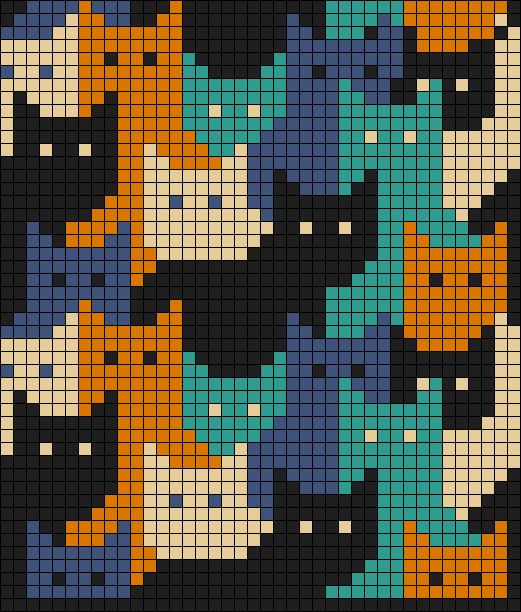
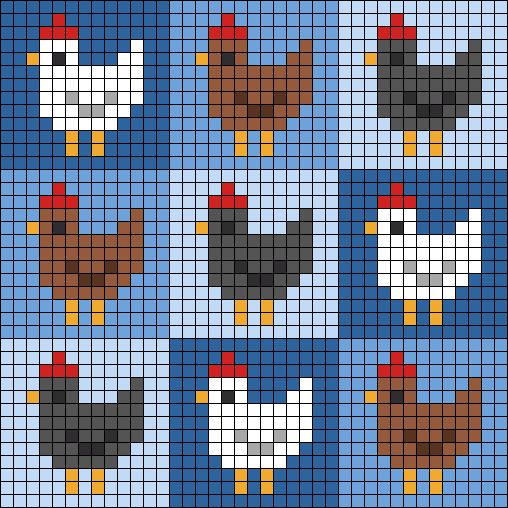
Here I have included more advanced samples if anyone would like a starting point for ideas! Pinterest is a great resource to find different patterns for every genre.
I would personally like to create more of these and use them in my “scrapbooking” sculptural work. I would like to create a bunch of images and sew them together to make a story. I am currently collecting small tapestries , granny squares, and amigurumi figures that I have created over time to hopefully be able to consolidate them all into one great piece. The incorporation of 3D forms could also be really cool to layer amongst the pieces. I also really like sculptural wearables and plan to work more on the human form. Applying these illustrative images to garments could also be really interesting.
I encourage you to try out this method and let me know how it goes for you in the comments!
See you next week,
Marissa


